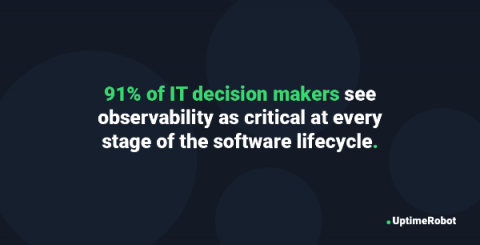Embracing Planned Downtime: Why It's Crucial For Your Website's Health
You’ve probably heard plenty of horror stories of unplanned website downtime wreaking havoc on businesses and costing companies thousands or even millions in lost revenue. So if you’re worried, we can’t blame you! Website downtime is usually a nightmare for any company relying on having a steady online presence. But not all downtime is bad. Scheduled, well-timed downtime can be a game-changer in keeping your site running smoothly and ensuring customer satisfaction.











